Is Vendee worth visiting? Vendy is worth visiting and seeing. The Vendée is one of Europe’s favorite destinations. Located on the west coast of France, it is mainly known for its pleasant temperatures, the Atlantic Ocean that borders it, and its sandy beaches.
But the Vendée is not just about that. This land has a thousand surprises in store for you, between magical landscapes and cultural discoveries.
Whether you prefer sport, heritage, or relaxation, you can find activities adapted to all areas! If you wonder what to do in the Vendée, here is our selection of Fun Things To Do in the Vendee that will only give you one desire: to come back!
You may be interested to read Is Le Mans Worth Visiting? Where To Eat in Vouvant?
Page Contents
Is Vendee Worth Visiting? 11 Reasons Why You Should Visit
1. The island of Noirmoutier
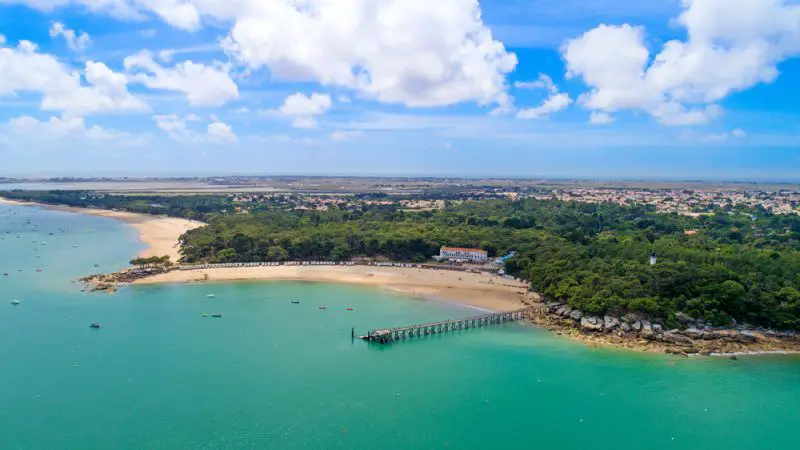
The island of Noirmoutier is a must when you want to visit the Vendée. There are two ways to get there: either cross the Noirmoutier bridge or choose the passage of Gois.
This mythical road is accessible at low tide only. It connects Beauvoir-sur-Mer to Noirmoutier over a distance of just over four kilometers.
You can then pass by car, on foot or by bike. Take the opportunity to go shellfish fishing (respecting the quotas)! Be careful, however, not to be surprised by the rising sea or by the fog.
What to do in the Vendée when you arrive on the island of Noirmoutier? The Sevastopol Polder Nature Reserve is not to be missed for nature lovers.
You can also discover oyster farming, salt marshes, mills, different ports, the castle of Noirmoutier, and fishermen’s houses. Not to mention the sandy beaches!
The island of Noirmoutier also offers an itinerary to go around the island in one day.
2. The Puy du Fou
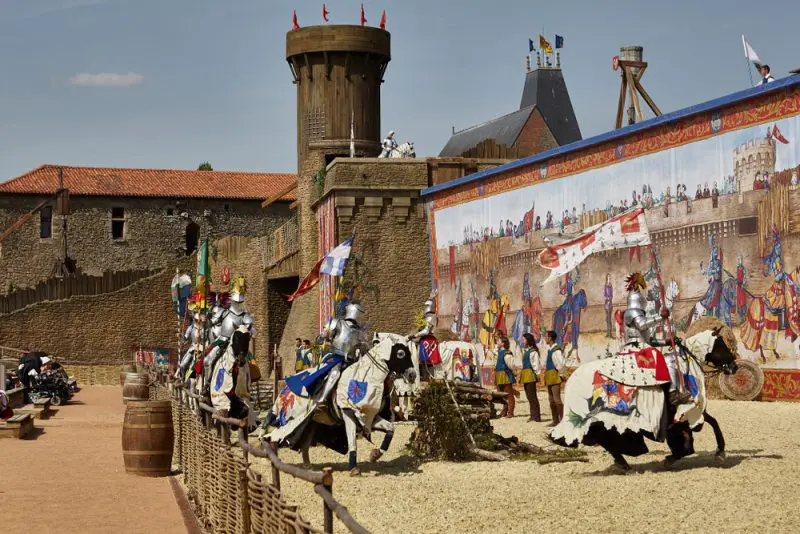
The Puy du Fou is a theme park, or leisure park, renowned worldwide for the quality of its representations. You can attend many shows and see the famous Cinéscénie.
The Cinéscénie is a superb night show, which brings together more than 2500 actors in a green setting of 23 hectares. The different paintings combine stage play, 3D video mapping, water jets, music…
The Puy du Fou park began with the Cinéscénie: the Puyfolais (the village’s inhabitants) prepared a night performance to tell the story of Vendée’s past. They then offered daytime shows.
The park’s goal is to elicit an emotional response in its visitors based on its representations and universes.
Whether with the Vikings, the circus games of a Roman governor, chivalry, or flamenco, each creation is unique and transports you to an incredible world!
If you wonder what to do in the Vendée, make sure that the Puy du Fou has its place in your visits!
3. Salt marshes
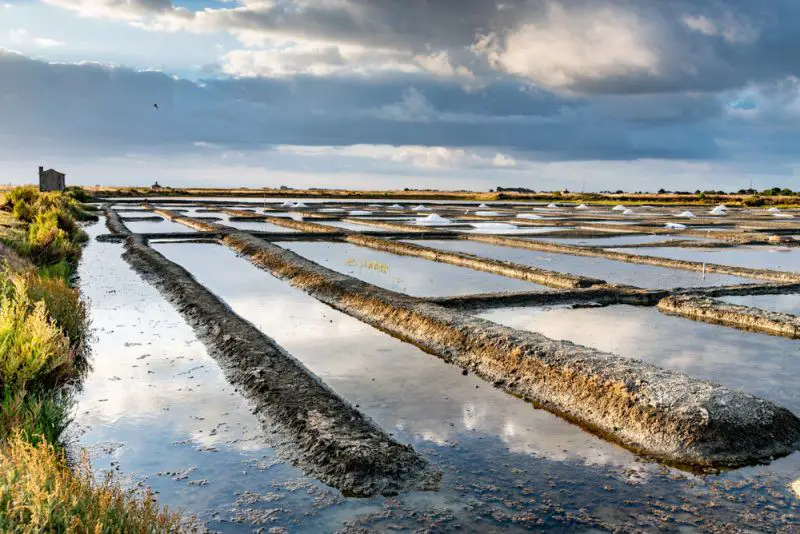
You can’t visit the Vendée without detouring one of the famous salt marshes. Salt harvesting began in the seventh century and continues to this day.
It usually takes place from mid-June to mid-September. However, the salt workers set to work in March to clean their marshes and rehabilitate them after the winter so that the sea could bring them white gold.
You will find salt marshes in different places on the Vendée coast. Salt workers often offer visits to the tourist period to share their know-how.
4. The castle of Tiffauges
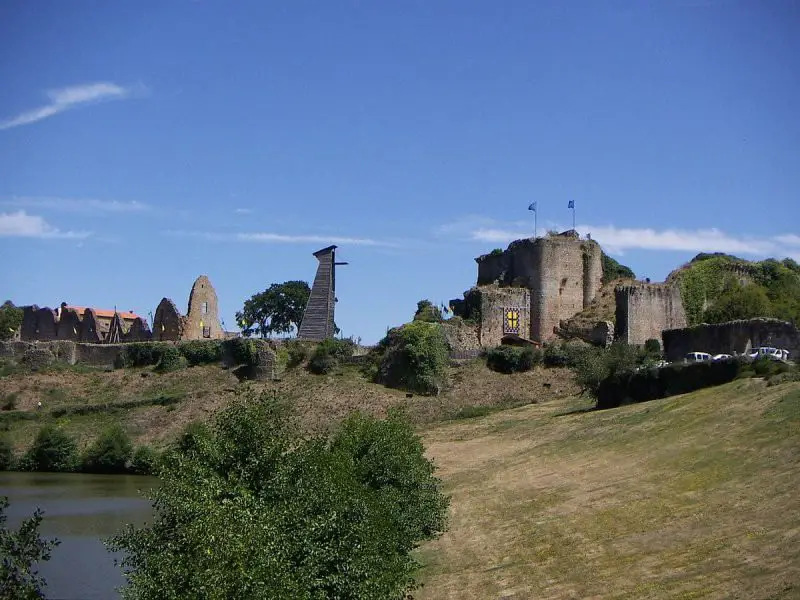
If you love history and are wondering what to do in the Vendée, the Château de Tiffauges is the answer to your question. The most famous of its owners remain Gilles de Rais, companion in arms of Joan of Arc.
He experienced pomp and recognition following his arms feats, only to be beheaded after tarnishing Tiffauges with criminal acts.
His story has also been compared with Charles Perrault’s tale, Bluebeard. This nickname was attributed to the castle of Tiffauges.
During the guided tour, the story of this character is told. You can also attend different shows (equestrian and singing in particular) and try your hand at archery.
Tiffauges is also famous for the war machines presented there that you can admire on the occasion of organized demonstrations.
If you go to the Vendée in winter, go through Tiffauges for its Christmas market, one of the best known in the Vendée!
5. Les Sables-d’Olonne
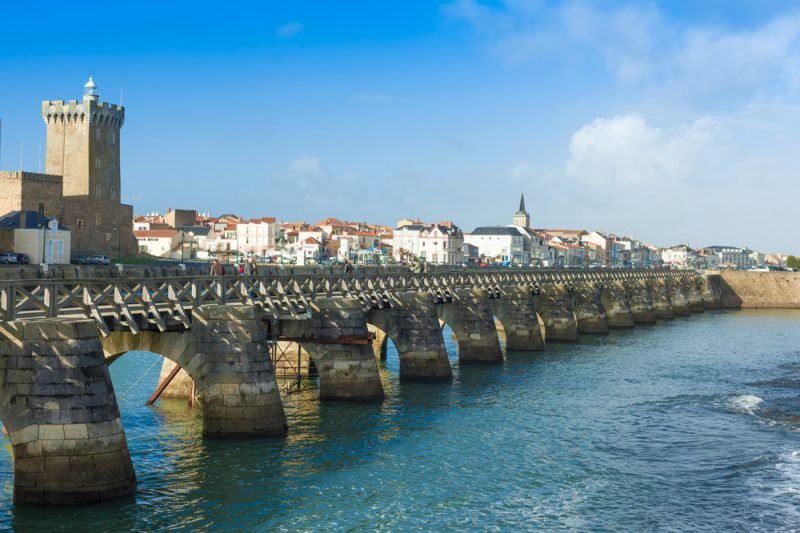
It is almost impossible to visit the Vendée without stopping at Les Sables-d’Olonne. You can chill on the beach, take surf lessons or discover the district of Penotte Island.
A stone’s throw from the large beach, the walls of the houses in these picturesque alleys are covered with shell frescoes.
They are the work of a Sablaise, Danièle Arnaud-Aubin, a local artist nicknamed the “Lady of shells.” Finish your walk with an artisanal sweetness of the Rose Petals glacier: a delight!
6. The island of Yeu
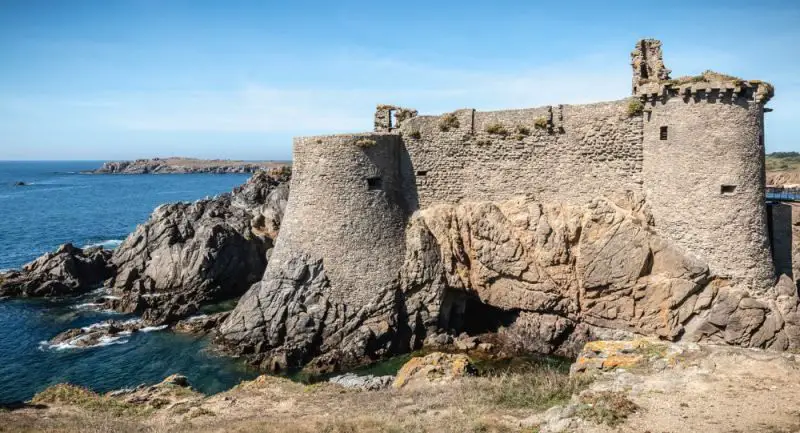
You will have an incredible day on the island of Yeu. It starts with the boat crossing from Port Fromentine. You discover its two faces: one part of the island is sandy, while the other is rocky.
It is a little paradise for hiking enthusiasts: seventy-two kilometers of marked routes punctuate it!
To get around, you can choose between cycling and walking. A bus service runs around the island from April to November.
You will be disoriented by this small island between swimming, water activities, hiking, visits to Port Joinville, the Fort de Pierre levée, and the castle!
7. The Vendée Corniche
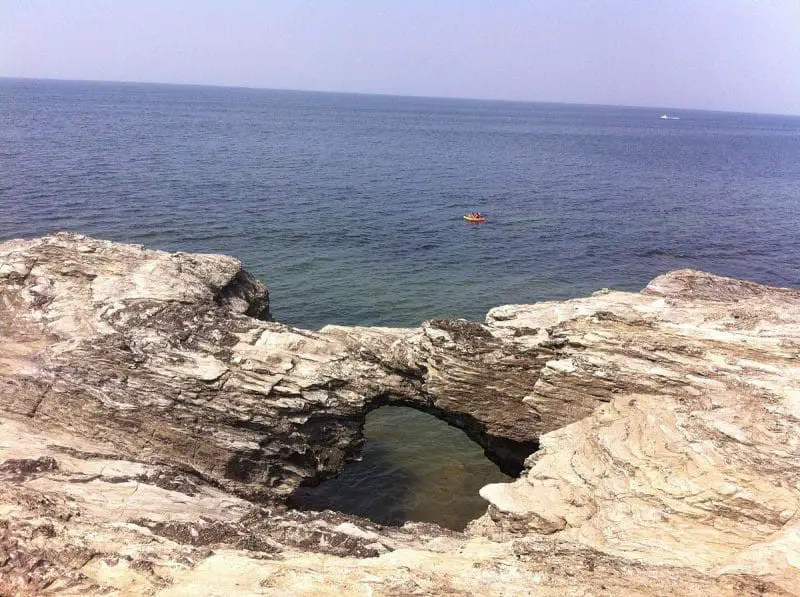
Located between Saint-Hilaire-de-Riez and Saint-Gilles-Croix-de-Vie, the Vendée corniche stretches for three kilometres. You can walk along, discovering the sea and the rocky coast.
Observe the fauna and flora, the sandy coves, and the sea! The trail is very well laid out and accessible to bicycles and pedestrians alike.
Stop for a moment at the Devil’s Hole, also called the Devil’s Pot, to admire the bubbling of the water. This cave would be either the work of the devil, who would have kicked himself by getting carried away after losing a market, or his prison…
You will also be able to see five rocks protruding from the water a little further offshore. They are called the five pineaux or the five monks. They would be there to guard the devil’s prison.
8. Historial de la Vendée
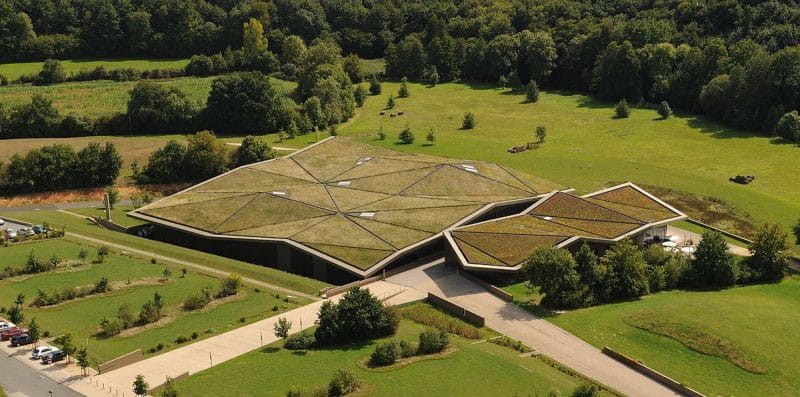
If you wonder what to do in the Vendée to understand its rich history, go to L’Historial de la Vendée. It is located inland, in Lucs-sur-Boulogne.
This museum traces the history of the Vendée, from prehistory to the present day. This museum’s original, playful museography informs visitors well, particularly about the War of Vendée.
You can complete your visit with the Vendée Memorial, designed in homage to five hundred and sixty-four villagers massacred in 1794.
9. The Poitevin marsh
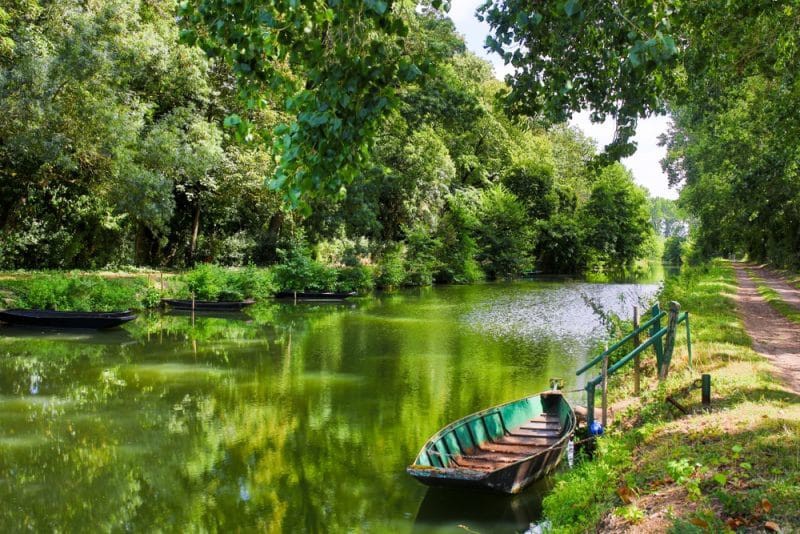
The northern part of the Poitevin marsh is in the Vendée. Green Venice is France’s second wetland, where you can ride a boat or a bike.
You can discover its incredible wildlife (migratory birds particularly appreciate this place). Here, where time seems to have no hold, you can relax with the water.
The Vendée is a must-see for anyone visiting the region!
10. Nieul-sur-l’Autise and its Abbey
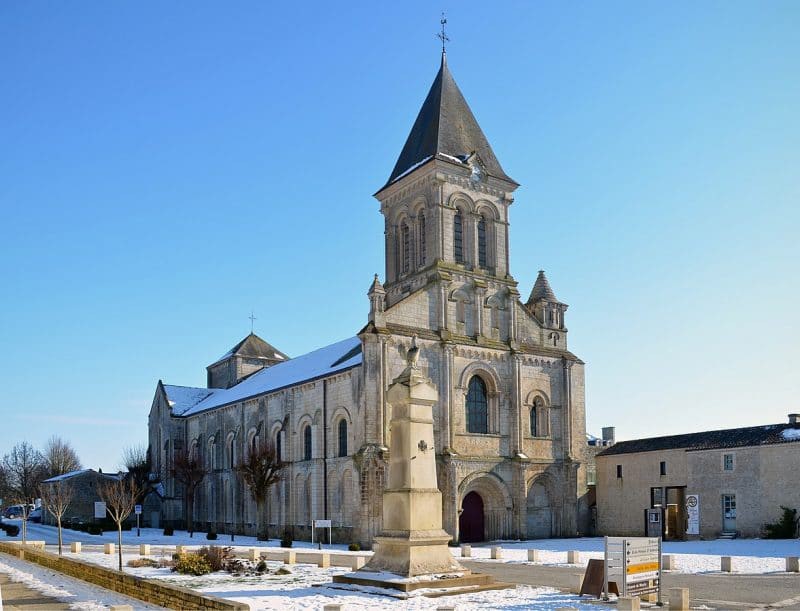
If you are in the department’s south and wonder what to do in the Vendée, stop in Nieul-Sur-l’Autise. It is a village classified “Small city of character.”
It is also home to the Abbey, designated as a royal abbey by Eleanor of Aquitaine when Queen of France.
Shows and entertainment give life to this incredible place, whose Romanesque cloister is the only one in the west to be preserved in its entirety.
11. A boat ride
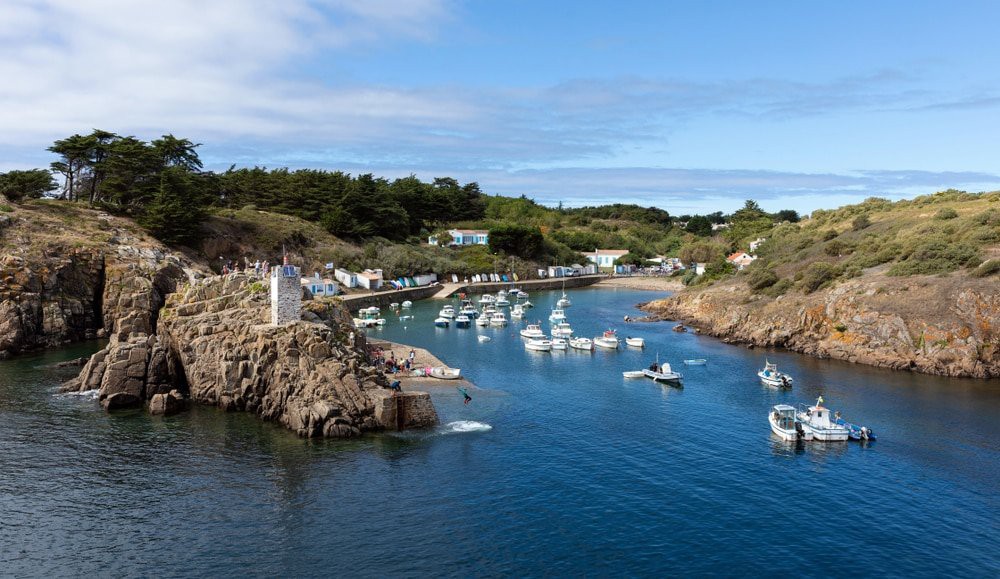
If you are passing through the Vendée coast, there is a step that you should not miss under any circumstances: boat rental!
Indeed, very nice excursions are to be done by boats, such as the Poitevin marsh or a tour to Les Sables d’Olonne. Therefore, it would be a shame not to take advantage of it during your holidays in the Vendée.
How to go to vendée?
The Vendée is mainly accessible by all means of transport.
The plane
Two airports are located about thirty minutes by car from the Vendée: La Rochelle — Ile de Ré and Nantes Atlantique.
To find the most suitable flights according to your departure city, remember to compare them with Ulysses! As soon as you arrive at the airport, you should rent a car to enjoy your stay independently.
The train
To visit the Vendée, you can come by train. The Vendée TGV stations are those of La Roche-sur-Yon and Sables-d’Olonne. Other cities are served by the TER: Saint-Gilles-Croix-De-Vie, Challans, Luçon and Montaigu.
The car
If you plan to travel the Vendée to discover all our must-sees, the car remains the most practical means of transport. The most indicated cities are La Roche-sur-Yon and Nantes.
If you take your car, remember to bring your bikes! The 1150 kilometers of bike paths are one of the big highlights of the Vendée.
Where to stay in the Vendée?
If you want to cover the entire territory, accommodation in the middle of the Vendée department can be a practical choice. You will be able to visit “star.”
The big advantage of this tactic: you will easily find accommodation – even if it is advisable to book, especially in tourist season.
However, most visitors want to enjoy the sea. If this is also your case, book your accommodation well in advance, especially if you’re leaving between April and September.
The Vendée is well-equipped, whether for rent, campsites, or bed and breakfast. There is something for every taste and budget. Prices vary a lot depending on the tourist season.
Also, to make sure you book the best hotel at the best price, do not hesitate to use a hotel comparator!
Now that you know all the information you need, you can visit the Vendée in the best way possible.
Wrap Up: Is Vendee Worth Visiting? 11 Reasons Why You Should Visit
The Vendée is undeniably worth visiting, offering a diverse range of attractions and experiences. From its scenic landscapes to cultural treasures, there’s something for everyone. These 11 reasons make it a must-visit destination for any traveler.
